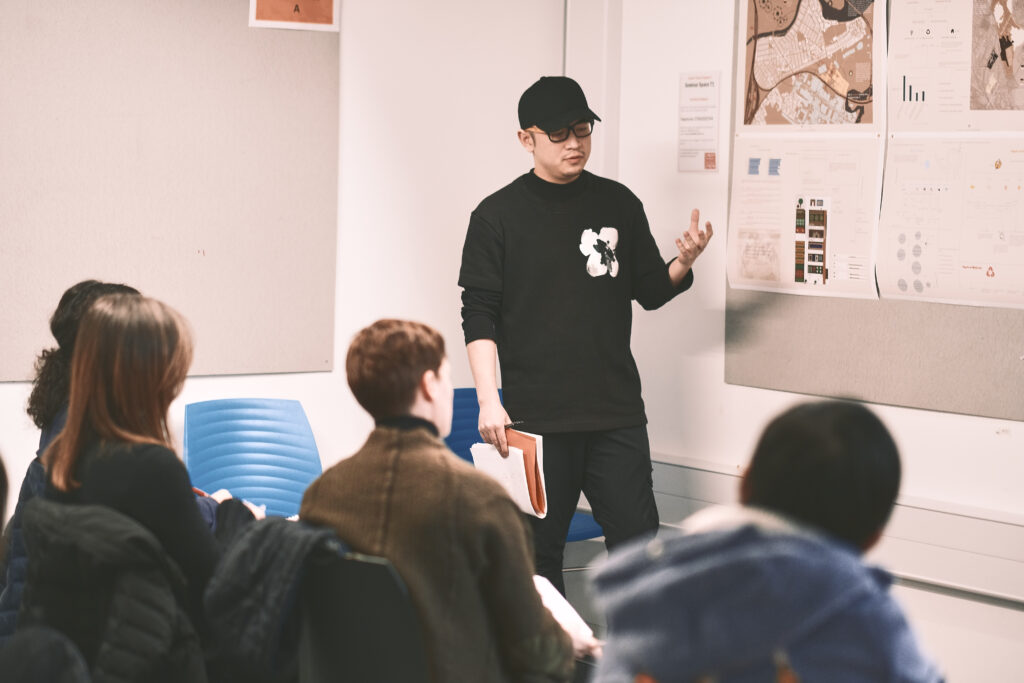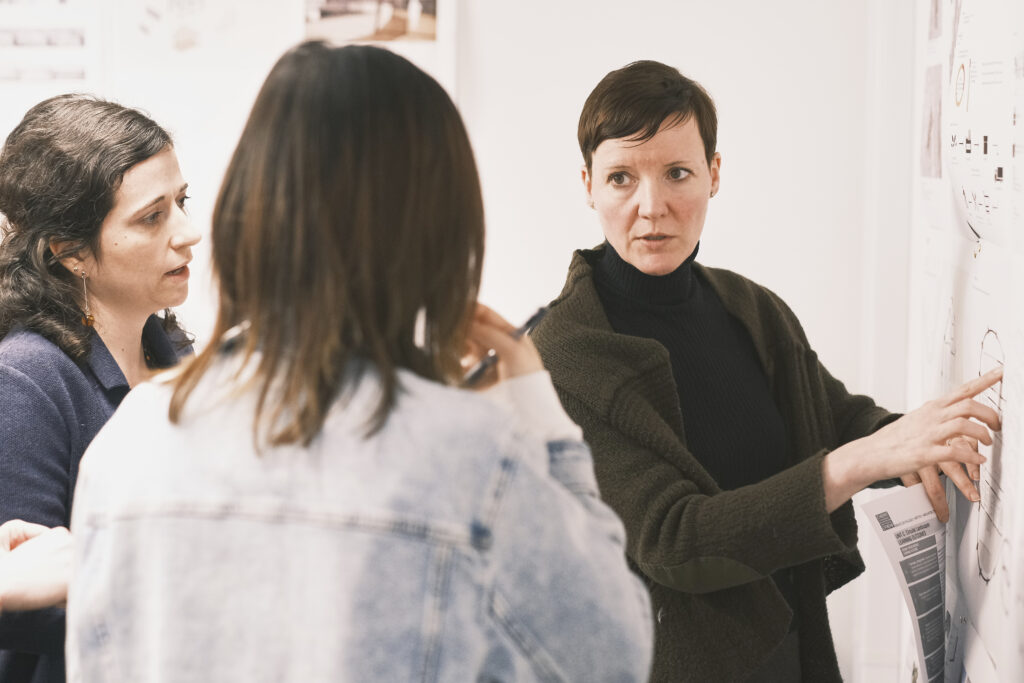Tutor: Dr. Marianna Marchesi
(Lecturer and Marie Skłodowska-Curie Fellow. Welsh School of Architecture)
Zirui Wang (Edison) –
“Sustainability involves raising awareness about the relationship between today’s consumption and the living condition for future generations. It is crucial to have sustainable thinking which should be a natural reflex for us architect of the future. Circular landscape Unit within MA architectural design course has broadened my sustainable vision and construct my intellectual position of circular environment this year in WSA. I was introduced the systematic approach to resolve the practical issues from a conceptual desire of a project. It helped me build my consistent vision for a place. Which from here makes me realized the ambitious of put Design and Research into one piece. I am fortunate to process my architectural research in this unit and hope what I learnt can strengthen my passion and bring me into a more extensive stage of the architectural field.“

Jixuan Wu
“The huge improvement I got in the MAAD was unexpected. A rich and diverse modules and activities offered a large amount of opportunities to broaden our horizon and knowledge. In particular, the systematic thinking I have learned in this year enables me to understand problems from a more comprehensive perspective, think in a deeper depth and solve problems from a more reasonable perspective.
The days I spent in the MAAD is unforgettable and I really appreciate to be one of the students in here. At the end, I would like to extend my sincere gratitude to my tutor Dr. Marianna Marchesi and all the teachers in MAAD, without their enthusiastic help and careful guidance I cannot make such progress, I am truly grateful to them for what they have done.”
Siyuan Guo –
“Through the study in Unit C, I deeply realized the importance of circular economy in architectural design and urban design. Circular economy can not only reduce the use of materials and the consumption of energy, but also improve the operation efficiency of the whole society. Applying circular economy to architectural design and urban design not only improves the quality of buildings, but also integrates the resources of the whole city and improves efficiency”
Yuxi Liu –
“I have been studying in MAAD, Cardiff for nearly a year since the beginning of school last September! Remember when we first selected Unite mentors, each teacher gave their own introduction! We didn’t know much about Circular Economy at that time, but we only had a very simple understanding of the term. We thought it meant reducing waste and recycling! But I still don’t know what this has to do with architecture! In the first semester, we had a group division of labor and discussed and communicated together. We started to enter the theory of Circular Economy, and we only had a shallow understanding of it! At the beginning of the second semester, we had a study trip. We visited the local circular economy community in Amsterdam, which made me feel more closely what I wanted to do, what my community, what my building should be like and what I should consider. This had a shadow in my mind and influenced my later designs. I began to know in more detail that the original circular economy is a principle in architectural design, and we can consider the circular economy in many aspects of architecture. Architecture is not an independent individual, it should be connected with its surroundings and depend on each other. The circular economy is not only the circulation formed by the connection of community environment, but also the circulation of materials of the building itself. I think I have gained a lot in this year. I have gained a deeper understanding of architectural design. It is no longer just the basic concept of functional zoning. At the same time, I think circular economy will be the trend in the future in this society with gradually shortage of resources. Above is my this year of study to circular economy shallow understanding.”

Chao Chen –
“I’m glad to join the UnitC family, our tutor Marianna is a very careful and respectful teacher. Before this, I never came into contact with Circular Economy (CE), which can systematically let me understand the relationship between architectural resources and environment and the impact it will have. Although this theory is still in the state of exploration and not widely used, a lot of CE design thinking has been carried out in key cities. With the increasingly prominent climate change and environmental problems, I believe that more designers will accept and systematically improve the CE knowledge system in various fields.”
Zifeng Ye –
“Through one year’s learning on circular economy, I find that it has broadened my perception on architectural design. Before, I thought that architectural design is subject limited in a small area and connected with several exclusive elements like construction, structure, material an so on. However, the application of circular economy into built environment leads me to think about architecture in a larger platform which is involved with social issues and environmental problems and I think this kind of mindset is very meaningful because this world is becoming more and more complicated and faced with so many challenges which never existed before. So in conclusion, this unit teaches me what attitude should architecture stand for in this changing world.”
Baijun Zhu –
“Before I learned about circular landscape, I still remain to the traditional design concept of architectural design, such as unilaterally designing a building to solve the problems left over by history from the aspects of historical background and culture. Through the study of this course, I have mastered some basic knowledge of architectural structure, architectural foundation, architectural drawing and other aspects. This course for our life is very practical, the course of circular landscape is a new understanding of building level with new concept and new way of thinking compared for traditional architecture, in another words, circular economy can not only satisfy more architectural function, the heaviest if can link building level and city level, brings more environmental benefits and social benefits, this idea is very courageoues such as come up with concepts of materials bank and closed loop ecosystems and by optimize the construction of the modular design a suitable living environment. To sum up I been opened mind by this interesting course.”
